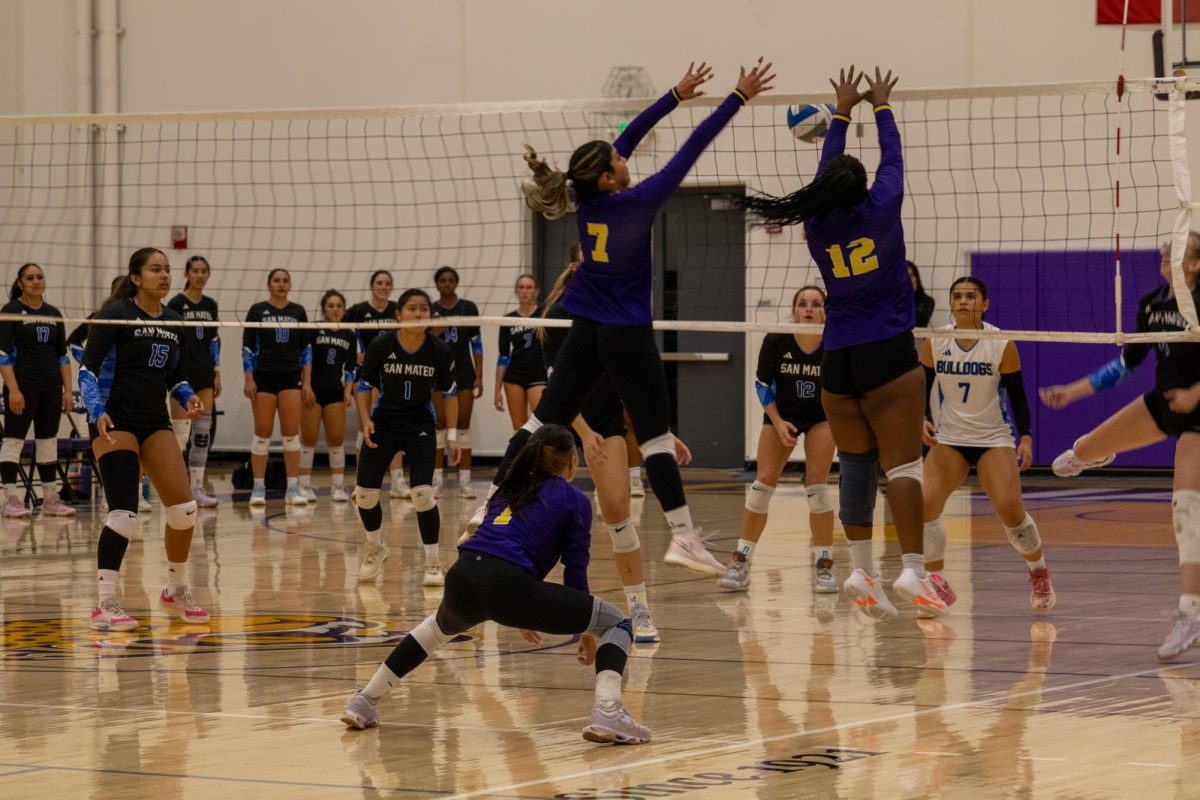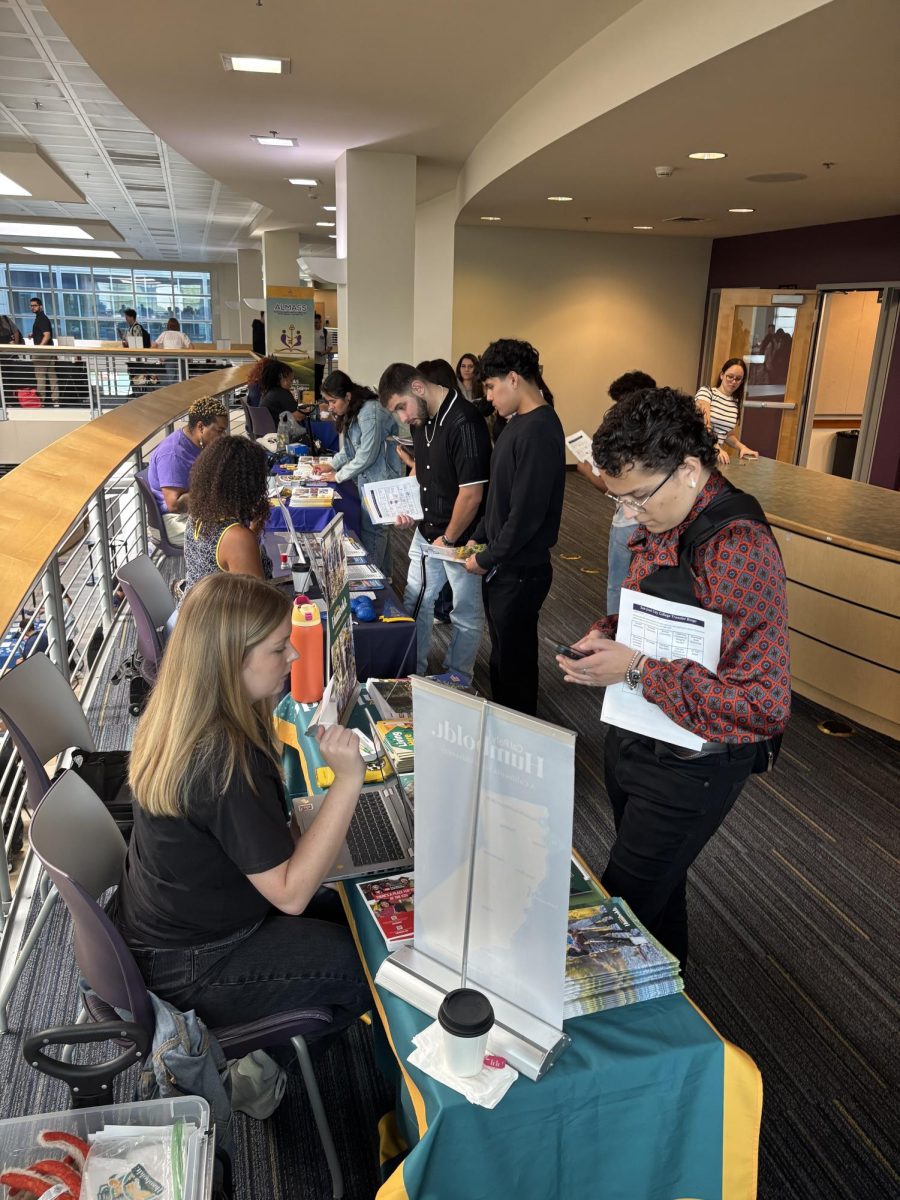Former student plays a role in pay increase
Local labor leaders assembled to discuss how students raised the minimum wage in San Jose and its impact on the local economy at San Jose City College on Oct. 29.
“America needs a raise and when America gets a raise, people will spend more money,” said Jim Kelly, professor of labor studies, who hosted the panel during his Survey of Contemporary Labor and Social Issues class.
Former SJCC student Elisha St. Laurent described how she and a handful of students at San Jose State University got involved with Measure D, the initiative to raise the minimum wage to $10 in San Jose.
The students gathered signatures and built a support base by creating a coalition with community organizations and leaders. Citizens passed the measure in 2012 and it went into effect earlier this year.
“We know it’s impossible to live on $10, but we did a poll — it was mainly on campus at San Jose State — and we got a huge amount of support, but more support for $10 (rather than $15),” St. Laurent said. “One thing you have to think about is $10 is a fair wage, it’s not a livable wage, it’s a fair wage for the next step up.”
Bob Brownstein, professor of labor studies and policy director at Working Partnerships USA, a think-action tank devoted to public policy and community outreach, said they estimate “almost $160 million of additional wages went to workers in San Jose” and “the boost in the San Jose economy was $190 million.”
“When low-wage workers get a raise, they don’t spend it in Fiji, they don’t buy stocks with it,” Brownstein said. “They spend it right away on things they need in the local economy. So you get a boost to the local economy by raising the minimum wage.”
Daniel Zubizarreta, 23, works for minimum wage at The City Fish in downtown and said his employer expects more from him now that he is getting paid $10 per hour, but it has not affected him in a significant way.
“If I make a little more, it helps me spend more,” Zubizarreta said.
Dive Bar owner Dimitri Louvis said he thought it was good for people whose sole earnings come from their wages, unlike his bar.
“I could have allocated the money elsewhere,” Louvis said. “It scared me from hiring for a while.”
Louvis said most of his employees’ earnings come from tips, so they did not really need the minimum wage increase, but it did not affect him much because business was good.
State Governor Jerry Brown signed AB 10 into law Sept. 25, mandating the minimum wage be gradually increased to $10 for the entire state of California by 2016.
“We’re not going to have a silver bullet, a magic wand, something that’s going to turn all this around in a hurry,” Brownstein said. “And that means in addition to long-term strategies to turn it around, we need to have short-term strategies so the people who are the lowest paid of the low-wage workers can survive.”






